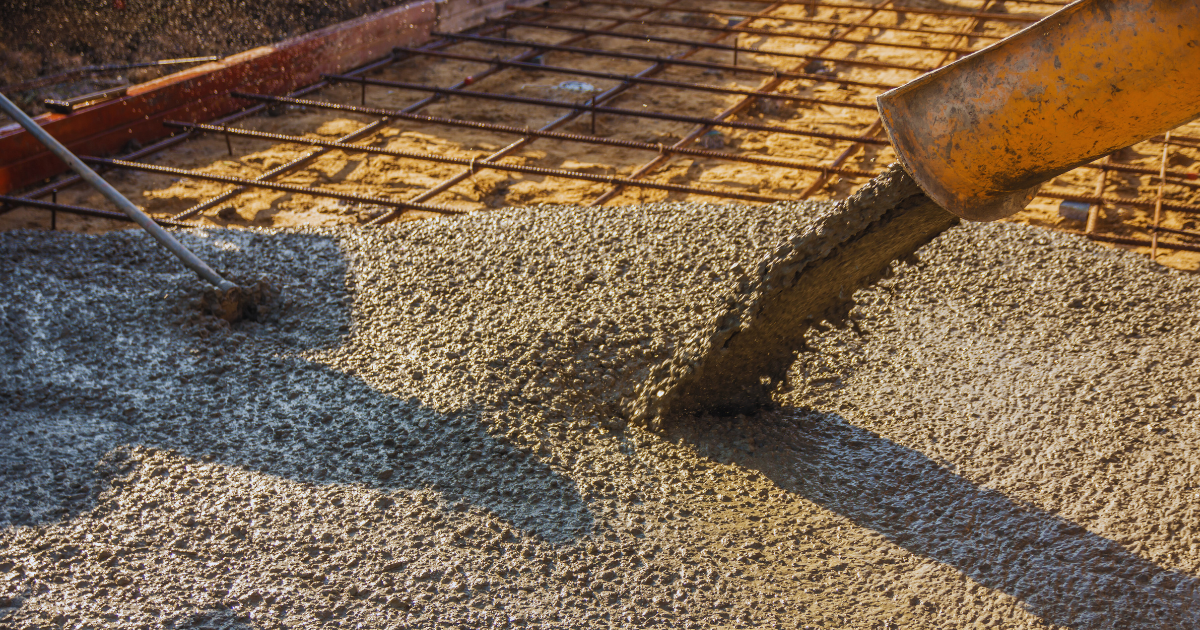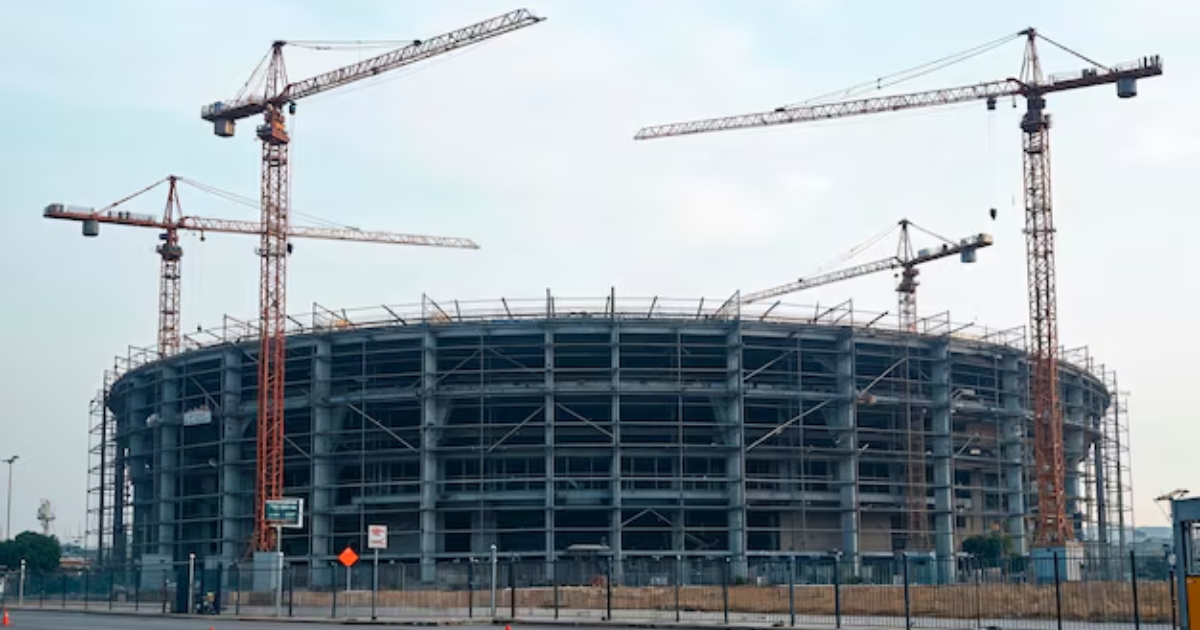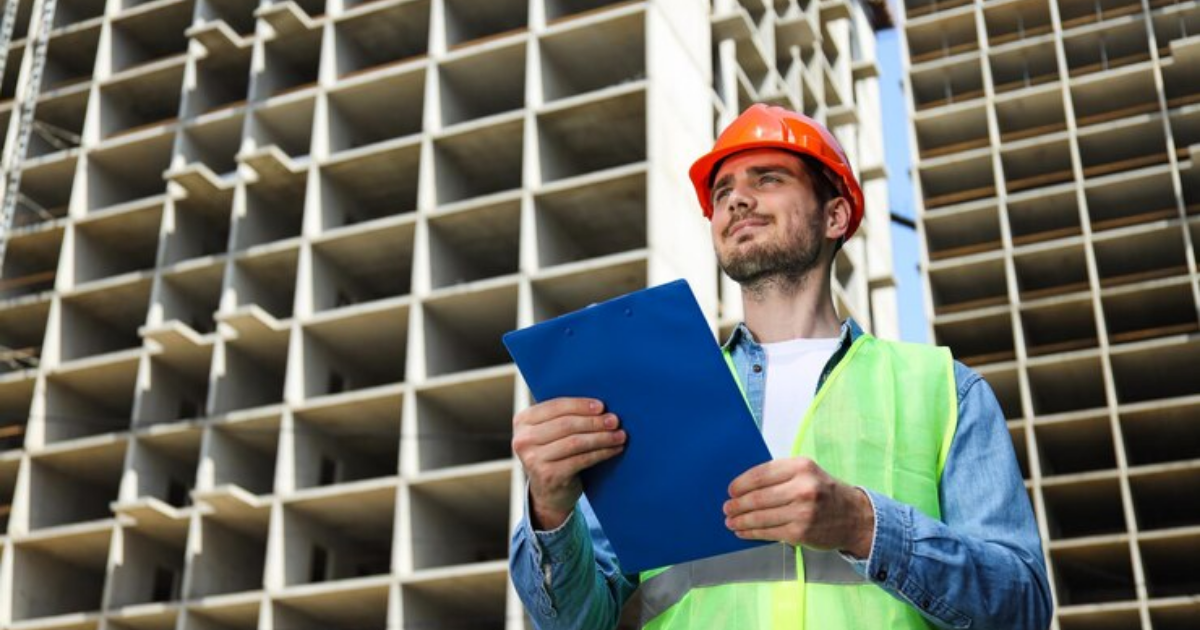In the world of construction, materials play a crucial role in ensuring the stability, durability, and longevity of structures. Among these materials, concrete stands out as one of the most vital components. However, with advancements in technology and the need for efficiency, the traditional methods of preparing concrete have evolved. This evolution has given rise to ready mix concrete, a game-changing innovation in the construction industry. This blog will provide a comprehensive ready mix concrete definition, exploring its benefits, applications, and why it has become the preferred choice for many construction projects.
Ready mix concrete, often abbreviated as RMC, is a type of concrete that is manufactured in a batch plant according to a set engineered mix design. This ready mix concrete definition emphasizes that it is produced under controlled conditions and then delivered to a construction site in a ready-to-use state. The concrete is usually transported in a truck equipped with a rotating drum, ensuring that it remains workable until it reaches the site where it is needed.
Components of Ready Mix Concrete
Understanding the ready mix concrete definition also involves knowing its primary components:
- Cement: Cement is the binding agent in concrete, typically made from a mixture of limestone and clay. The most common type used in ready mix concrete is Portland cement.
- Aggregates: Aggregates are materials like sand, gravel, or crushed stone that are mixed with cement to create concrete. They provide volume and reduce the amount of cement needed.
- Water: Water is essential for the chemical reaction that causes cement to harden and bind the aggregates together. The right amount of water is crucial to achieve the desired consistency and strength.
- Admixtures: Admixtures are optional chemicals added to the concrete mix to modify its properties, such as improving workability, accelerating or retarding setting time, and enhancing durability.
The Manufacturing Process
The ready mix concrete definition encompasses the manufacturing process, which ensures consistency and quality. Here’s a step-by-step overview:
- Batching: The first step involves measuring the raw materials (cement, aggregates, water, and admixtures) in precise proportions. This is done in a batch plant using computerized systems to ensure accuracy.
- Mixing: Once the materials are measured, they are mixed in a large drum. The mixing process is crucial for achieving a uniform consistency. The type of mixer used can vary, but the goal is always to create a homogenous mixture.
- Transportation: After mixing, the concrete is loaded into a truck equipped with a rotating drum. This drum keeps the concrete agitated, preventing it from setting prematurely as it is transported to the construction site.
- Pouring: Upon arrival at the site, the concrete is ready to be poured. It is transferred from the truck to the required location, whether it’s a foundation, slab, column, or other structural elements.
Benefits of Ready Mix Concrete
The ready mix concrete definition wouldn’t be complete without highlighting its numerous benefits:
- Quality Assurance: Ready mix concrete is produced in controlled conditions, ensuring consistent quality. The precise measurement of materials and the use of advanced mixing techniques result in a product that meets the required specifications.
- Time and Cost Efficiency: By eliminating the need for on-site mixing, ready mix concrete saves valuable time and reduces labor costs. This efficiency is particularly beneficial for large-scale projects with tight deadlines.
- Reduced Waste: The controlled batching process minimizes material wastage. This not only reduces costs but also makes ready mix concrete an environmentally friendly option.
- Versatility: Ready mix concrete can be customized to meet specific project requirements. Different mix designs can be created to achieve desired properties such as strength, workability, and durability.
- Convenience: The ready-to-use nature of ready mix concrete simplifies the construction process. Builders can order the exact quantity needed and have it delivered directly to the site, reducing the hassle of mixing materials on-site.
Applications of Ready Mix Concrete
The versatility of ready mix concrete means it can be used in a wide range of construction projects. Here are some common applications:
- Residential Construction: Ready mix concrete is ideal for residential projects such as foundations, driveways, patios, and walkways. Its consistent quality ensures a durable and long-lasting structure.
- Commercial Buildings: For commercial buildings like offices, shopping centers, and hotels, ready mix concrete provides the necessary strength and stability. It is used for floors, columns, beams, and other structural elements.
- Infrastructure Projects: Large infrastructure projects, including highways, bridges, tunnels, and airports, rely on ready mix concrete for its high strength and durability. The ability to produce large quantities quickly is a significant advantage.
- Industrial Facilities: In industrial settings, ready mix concrete is used for constructing factories, warehouses, and storage tanks. Its durability and resistance to harsh environments make it an excellent choice.
- Decorative Concrete: Ready mix concrete can also be used for decorative purposes. It can be colored, stamped, or textured to create visually appealing surfaces for landscaping, public spaces, and architectural features.
Factors to Consider When Using Ready Mix Concrete
While the ready mix concrete definition highlights its many advantages, there are several factors to consider to ensure successful application:
- Mix Design: The mix design should be tailored to the specific requirements of the project. Factors such as the required strength, workability, and exposure conditions need to be considered.
- Delivery Time: The time it takes to transport the concrete from the plant to the site can affect its quality. It’s essential to coordinate delivery times to ensure the concrete remains workable.
- Placement and Compaction: Proper placement and compaction techniques are crucial to achieve the desired properties of the concrete. Care must be taken to avoid segregation and ensure uniformity.
- Curing: Adequate curing is necessary to achieve the desired strength and durability. This involves maintaining appropriate moisture and temperature conditions during the curing period.
Conclusion
The ready mix concrete definition encompasses more than just a product; it represents a modern approach to concrete production that enhances efficiency, quality, and convenience in construction. By understanding what ready mix concrete is, its components, manufacturing process, benefits, and applications, construction professionals can make informed decisions and achieve superior results in their projects.
Ready mix concrete has revolutionized the construction industry, providing a reliable and efficient solution for a wide range of applications. Its consistent quality, time and cost savings, reduced waste, versatility, and convenience make it the preferred choice for many builders and developers. Whether you are constructing a residential home, a commercial building, or a large infrastructure project, ready mix concrete offers the strength and durability needed to ensure the success and longevity of your structures.
Incorporating the correct ready mix concrete definition and understanding its significance can lead to better planning, execution, and outcomes in construction projects. As the demand for high-quality construction materials continues to grow, ready mix concrete remains at the forefront, delivering excellence with every pour.







